Save the Last Dance remains a cultural touchstone, sparking conversations about dance, love, and cultural divides. But beyond the captivating storyline and performances, the movie’s heartbeat lies in its music. More than just background noise, the soundtrack of Save the Last Dance is integral to the narrative, acting as a bridge between worlds and a powerful force in Sara’s journey of self-discovery. This article delves into how Save The Last Dance Music elevates the film, exploring its key tracks and lasting impact.
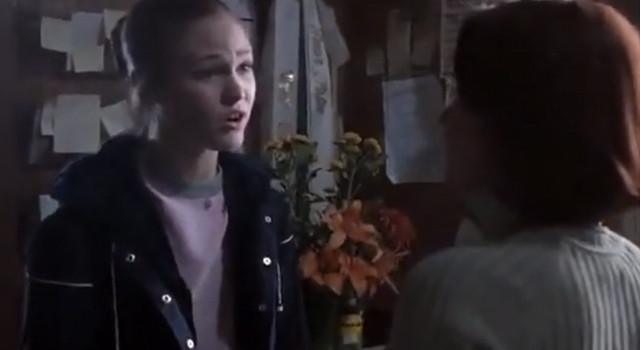 Sara's ballerina bun and pink sweater set, representing her past.
Sara's ballerina bun and pink sweater set, representing her past.
From the outset, music is presented as a defining element of Sara’s initial disconnect. Arriving in Chicago, she is immediately confronted by the sounds of hip-hop, a genre seemingly foreign to her ballet-centric world. This auditory shock is deliberately emphasized, highlighting her outsider status. Her bewildered reaction to hip-hop, exemplified when exposed to tracks like Ice Cube’s “You Can Do It,” underscores her sheltered upbringing and sets the stage for her transformative journey. The film cleverly uses music to represent the cultural gap Sara must navigate.
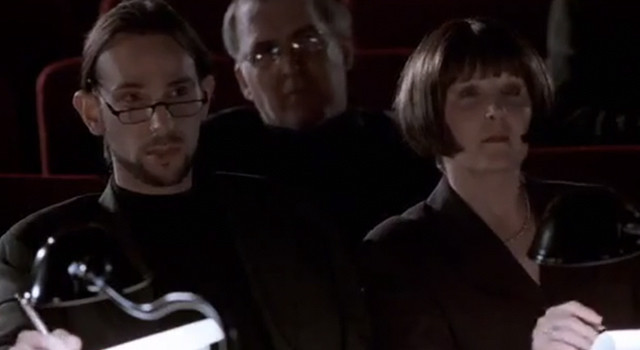 Adults in the arts, as imagined.
Adults in the arts, as imagined.
The introduction of Chenille and Derek marks a turning point, not just in Sara’s social integration, but also in her musical education. They become her guides, introducing her to the vibrant world of hip-hop dance and music. This musical immersion is not merely a backdrop; it’s an active tool for Sara’s transformation. Chenille’s explanation of hip-hop in the cafeteria scene, after Nikki’s impromptu dance, is pivotal. It’s a moment where Sara begins to understand, or at least acknowledge, a culture different from her own, facilitated by the universal language of music and dance.
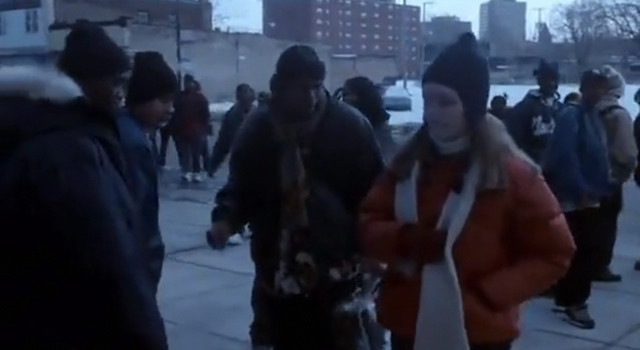 Sara looking out of place at school.
Sara looking out of place at school.
Key tracks throughout Save the Last Dance are strategically placed to amplify emotional beats and character development. Fat Man Scoop’s “Put Your Hands Up” isn’t just a party anthem; it scores Chenille’s assertive defense against harassment, showcasing her strength and further solidifying her role as Sara’s protector and mentor. Similarly, Chaka Demus & Pliers’ “Murder She Wrote” and “Da Rockwilder” by The Busta Rhymes and The Neptunes are not just random club music; they are the soundtrack to Sara’s initial, awkward attempts to adapt to hip-hop dance. These musical choices highlight her struggle and eventual growth in embracing a new dance form and, by extension, a new culture.
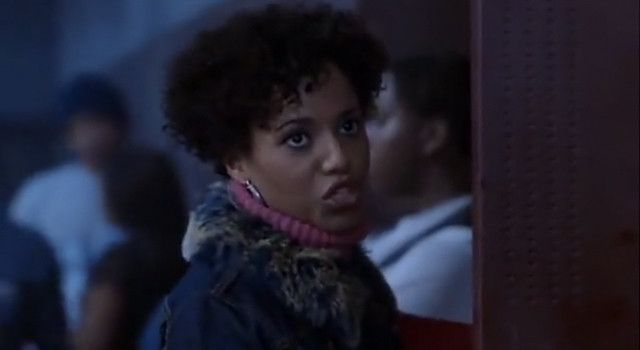 Chenille rules all.
Chenille rules all.
The romantic subplot is also deeply intertwined with the save the last dance music. Jesse Powell’s “I Can Tell” accompanies Sara and Derek’s burgeoning romance, creating an intimate and tender atmosphere. This song, and others like it, underscores the emotional connection forming between them, demonstrating how music becomes a shared language of affection and understanding. Even break-up moments are underscored by poignant musical selections like K-Ci and JoJo’s “Crazy,” amplifying the emotional turmoil and heartbreak.
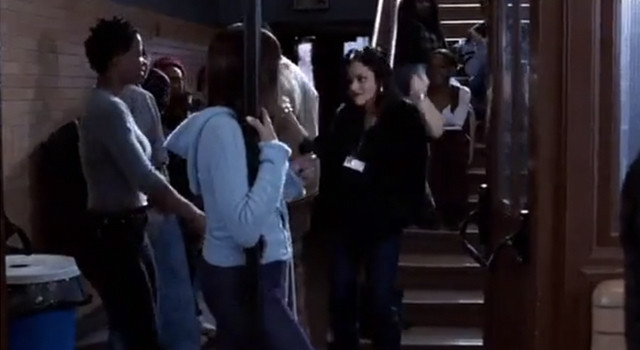 Chenille explaining hip-hop to Sara.
Chenille explaining hip-hop to Sara.
Derek’s role in Sara’s musical and personal evolution is crucial. He uses music as a teaching tool, employing Donell Jones’ “U Know What’s Up” to guide her in finding the rhythm and groove of hip-hop. This scene is symbolic; Derek isn’t just teaching her dance steps, he’s helping her connect with a different musicality, which in turn, opens her up to new perspectives and experiences. The evolving soundtrack mirrors Sara’s stylistic and personal shifts, moving from her initial ballet-centric soundscape to incorporating hip-hop and R&B influences, reflecting her growing confidence and cultural fluidity.
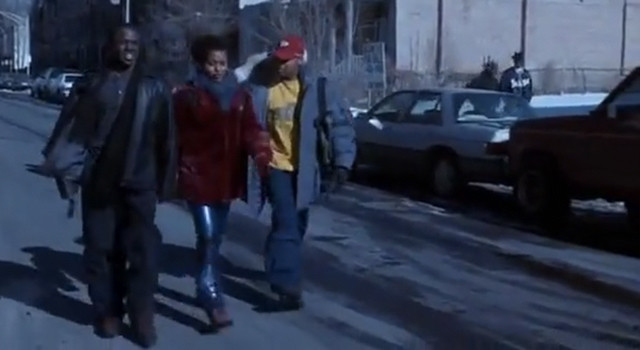 Chenille in F/W 2014 collections (faux fur, turtlenecks, leather pants).
Chenille in F/W 2014 collections (faux fur, turtlenecks, leather pants).
The climax of Save the Last Dance at Steps, set to Ice Cube’s “You Can Do It,” is a powerful testament to Sara’s transformation. Here, she confidently showcases her fusion of ballet and hip-hop, set against a backdrop of a predominantly hip-hop soundtrack. This performance, underscored by Athena Cage’s “All Or Nothing” during her final Juilliard audition, is not just about dance; it’s about Sara finding her voice and expressing her true self, a journey heavily influenced and shaped by the save the last dance music.
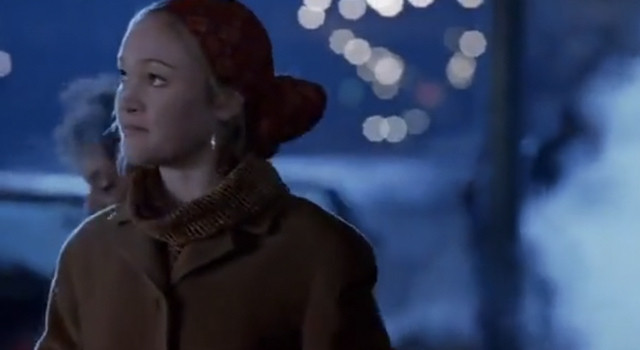 Sara looking okay after Chenille's makeover.
Sara looking okay after Chenille's makeover.
Ultimately, Save the Last Dance is more than just a dance movie; it’s a story about cultural exchange, personal growth, and the unifying power of music. The soundtrack isn’t just a collection of popular songs from the era; it’s a carefully curated selection that drives the narrative, deepens character development, and underscores the film’s central themes. The lasting appeal of Save the Last Dance is undeniably linked to its iconic soundtrack, a testament to how effectively save the last dance music captured the hearts of audiences and continues to resonate today. Explore the soundtrack and rediscover the musical journey of Save the Last Dance.
